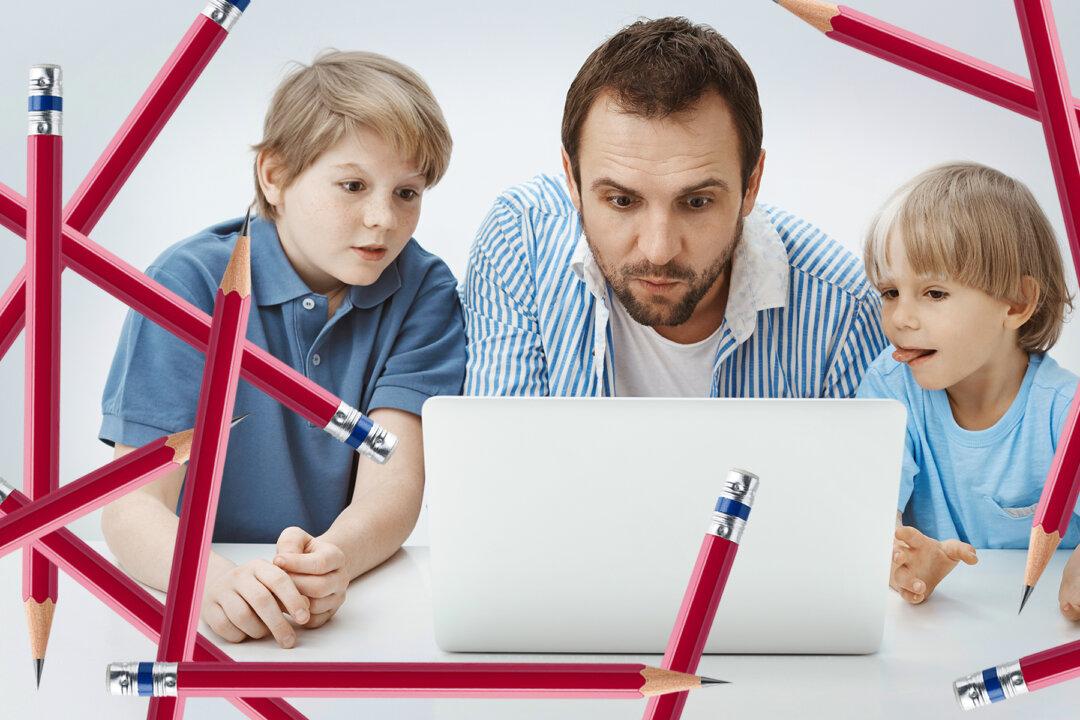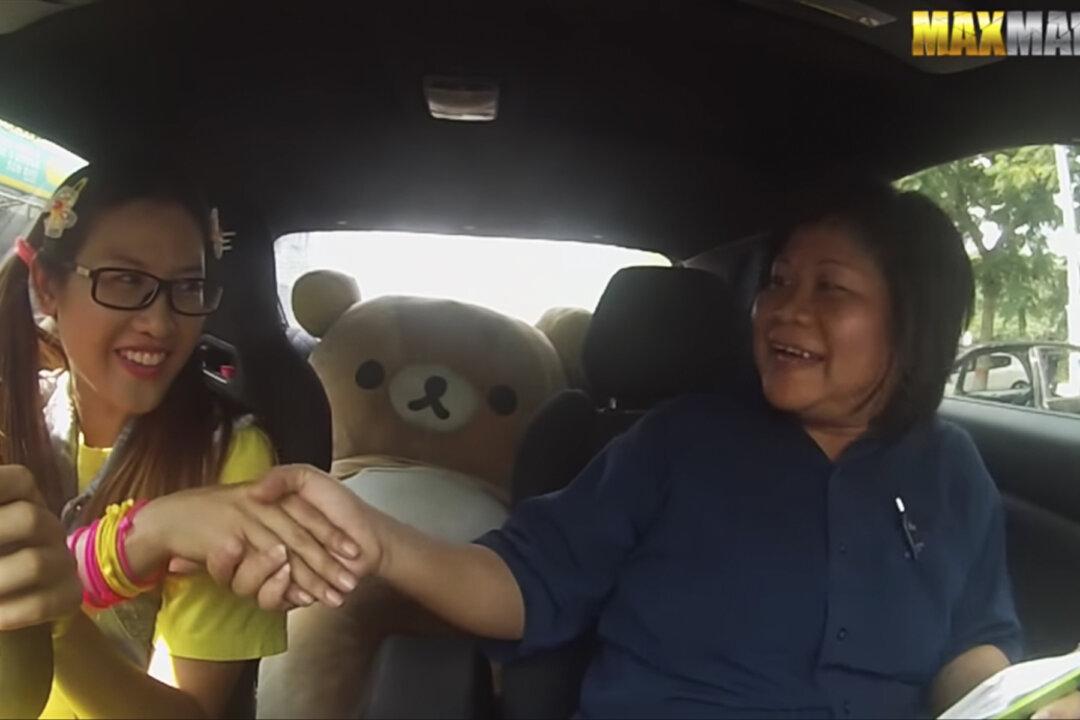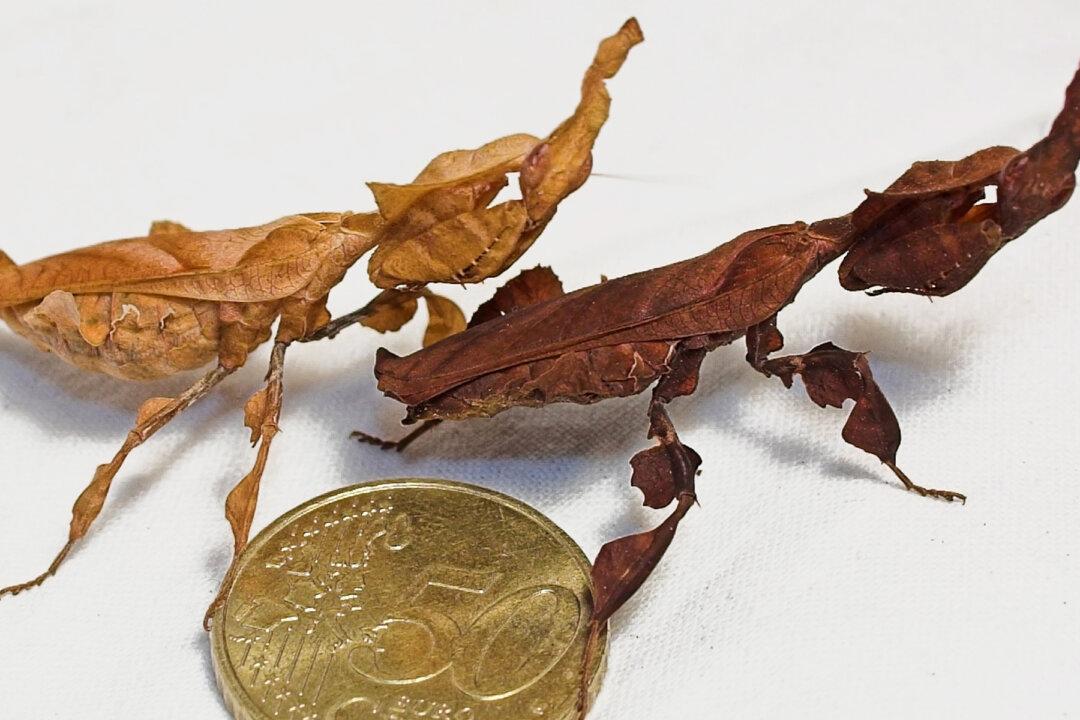While we’re constantly working on puzzles of all kinds as kids, from jigsaws for fun to word problems for math class and visual discrimination challenges like “Where’s Waldo?,” our brains are trained as children to spot unusual things and differences.
But as adults, we often get a little bit slack and think of puzzles as something silly or a waste of valuable time that could be spent doing other more important things. We couldn’t be more wrong, though, about the amazing value of puzzles for our brains’ health.




